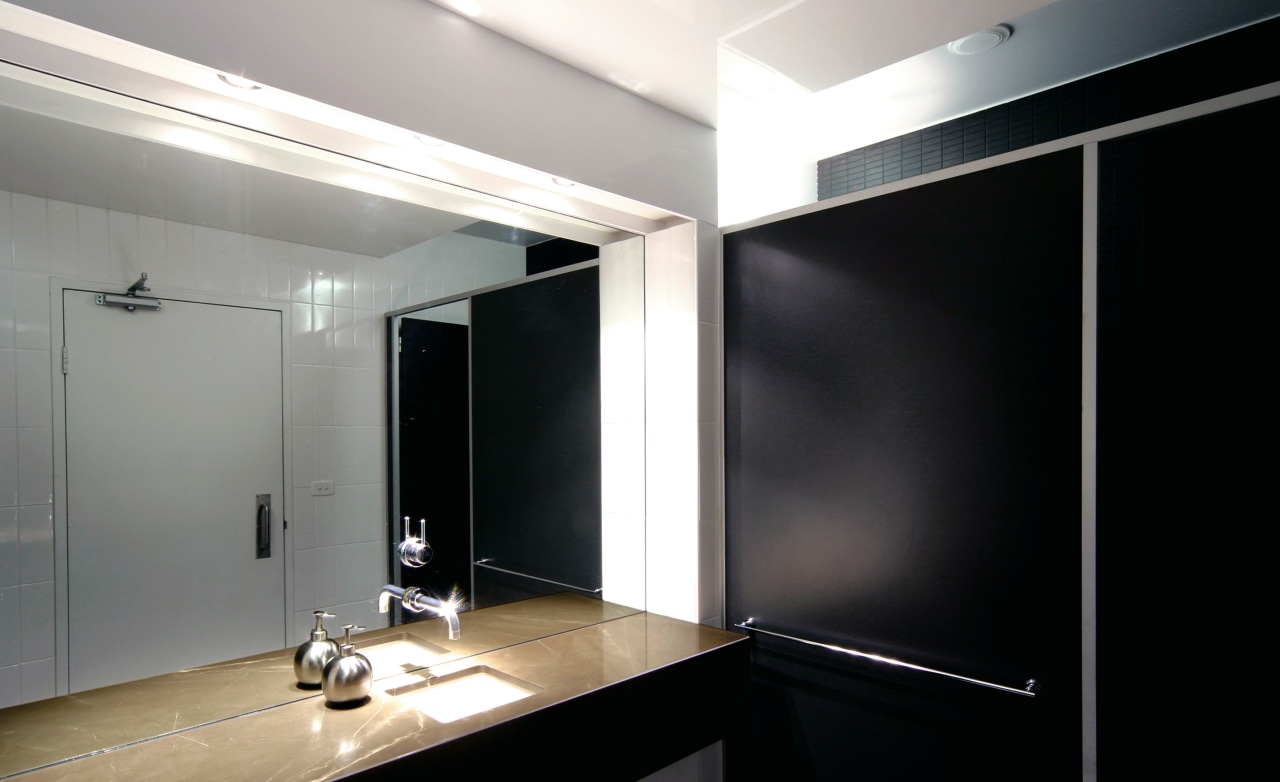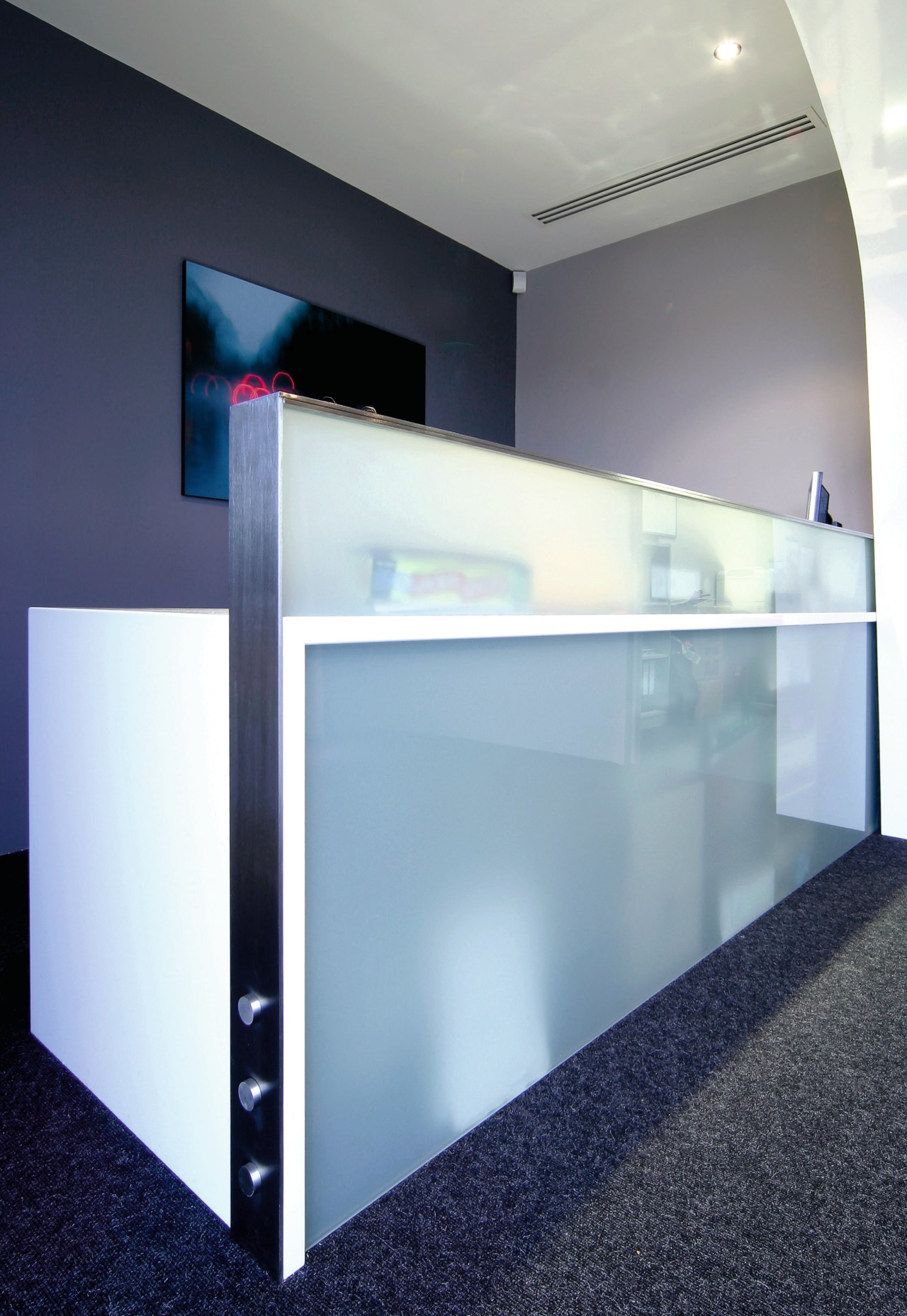Transition zone
Non-standard architecture enhances the sense of change and movement in this refurbished airport flight centre
Sometimes it's the more subtle design features that create the strongest impact within a given space. For example, gradual variations in the shape of structural elements can change the way a space is perceived and used.
This use of non-standard architectural elements has transformed the interior of the Hawker Pacific Flight Centre in Sydney. Blainey North of Blainey North & Associates says the design of the terminal, which caters to private aircraft operations, needed to work for clients who were simply passing through, as well as pilots and others who may need to use the facilities for several hours.
Designing a series of ribs to enclose the interior not only provided a visual interface with the flying experience, it was also a way to introduce a sense of movement on the ground.
"The ribs, which are all slightly different, form a separate internal volume, creating a space that constantly changes as you move through it," North says. "Rather than design something that is square and rigid, we used the curved forms to provide a constantly shifting dynamic."

An internal walkway down one side of the terminal can be used by clients simply wishing to move straight through and out to the tarmac. At the entrance the ribs are low overhead. Their height gradually increases towards the tarmac, enhancing a sense of movement and speed.
"The textured, grey carpet strip along this walkway is also a very directional element, and works as a visual extension of the runway," says North. "As passengers move through the terminal they are also drawn toward the light provided by the fully glazed wall at the end."
On the opposite side of the interior, the ribs morph into thicker, more curvaceous forms that help enclose the seating area.
"Here, the ribs provide the protective feel of a cocoon," says North. "They wrap over the seating to create a comfortable, relaxing space, as opposed to one you want to move through quickly."

North says the red carpet, paintings and subtle lighting also help to define the separate areas within the overall space.
The ribs also support joinery, including a bar and kitchen. A reception desk is positioned near the entrance.
Other amenities within the flight lounge include a business centre, behind frosted glass partitioning, meeting rooms, and bathroom and shower facilities.
The exterior of the centre is clad in black Colorbond steel. The terminal is next to a large hangar and this material was a way to further link it to the aircraft buildings and the tarmac, says North.
Story by: Trendsideas
Home kitchen bathroom commercial design
Connected to the ocean
Simplified seclusion
At one with the Amazon










